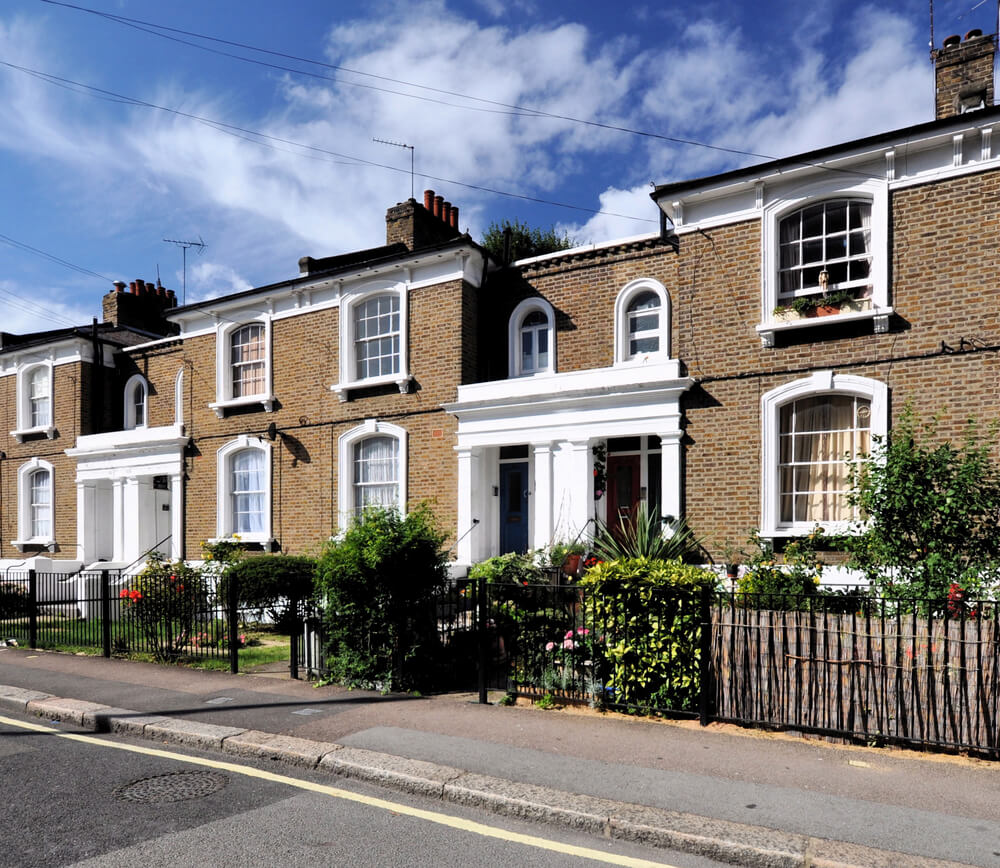
GUIDE TO THE 4-YEAR RULE IN UK PLANNING
Introduction
Planning permission is a pivotal aspect of any construction or renovation endeavour in the UK, ensuring adherence to local regulations. The 4-year rule, colloquially known as the “planning immunity period,” plays a crucial role when unauthorised developments occur. This rule offers property owners a chance to retroactively apply for planning permission, and this article delves into the nuances of the 4-year rule, elucidating the essential documents required for a retrospective planning application.
Understanding the 4-Year Rule
The 4-year rule provides immunity to unauthorised developments that have existed, unchallenged, for four continuous years or more. It allows property owners to seek formal approval retrospectively for structures already in place. This rule strikes a balance between planning control and acknowledging the establishment of unauthorised developments over time, providing an opportunity for rectification.
Documents Required for Application
- Completed Application Form: An accurately filled application form provided by the local planning authority.
- Site Location Plan: A scaled plan showcasing the property, boundaries, neighboring buildings, and access points.
- Existing Site Plan: A detailed layout plan, illustrating the unauthorized development’s relationship with the surroundings.
- Elevations and Sections: Depictive drawings or photographs highlighting the unauthorized development’s external appearance.
- Design and Access Statement: An explanation of the development’s rationale, addressing design considerations, impacts, and access arrangements.
- Relevant Supporting Information: Additional data like structural reports or specialist surveys, depending on the nature of the unauthorized development.
Applying for Retrospective Planning Permission
Property owners can initiate the retrospective planning permission process by contacting their local planning authority. Consulting with planning officers or professionals ensures a comprehensive application. The authority assesses factors such as impact on neighbours, compliance with local policies, and objections from affected parties.
KUN ARCH Assistance
Professional assistance from architects or planning consultants, especially from Kun Arch, streamlines the planning process. These services aid in document preparation, ensuring compliance and increasing the likelihood of success.
Conclusion
The 4-year rule allows property owners to rectify unauthorized developments through retrospective planning permission. Understanding requirements, gathering necessary documents, and seeking professional assistance enhance the application process. Engaging with the local planning authority and adhering to guidelines remain pivotal for success in obtaining retrospective planning permission.
Many homeowners contemplate home extensions or loft conversions for added living space. However, navigating planning permission complexities can be daunting. Seeking professional guidance, such as Kun Arch services, proves invaluable in this process, especially as local councils now charge for pre-application advice services.

